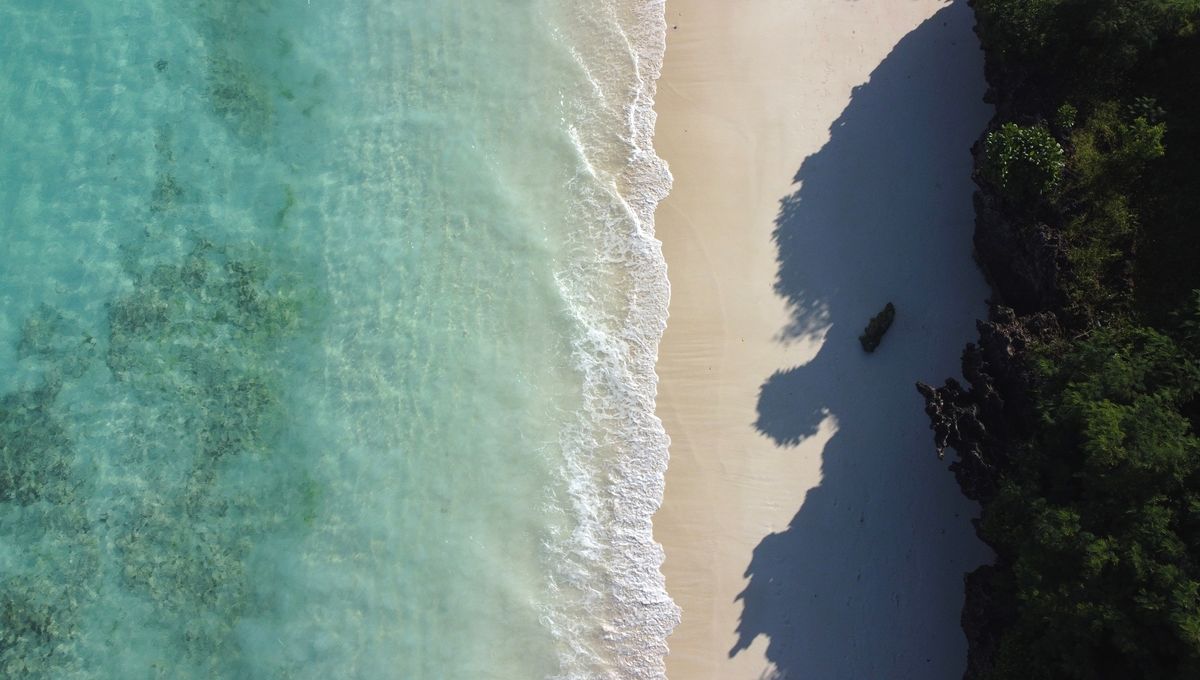
“Medieval history” often brings up images of knights in shining armor, rampaging crusaders, and dying horribly from common and preventable causes. Far away from all those peculiarly disgusting Europeans, though, on what we now know as the Swahili Coast of Eastern Africa, there was something pretty amazing going on – as a study revealed back in 2023.
“The findings were very eye-opening,” said Jeffrey Fleisher, professor of anthropology at Rice University and a senior author on the study, in a statement. “African traders were fostering different types of alliances with Persian merchants during the early second millennium, probably by marrying off daughters and building their family connections.”
For a century now, various scholars have debated the extent to which Swahili culture has been influenced by outside sources – with evidence pointing in multiple different directions. Adding to this confusion was the influence of more than 500 years of colonization in the area – a “profoundly difficult history” that is still a major problem today, pointed out David Reich, professor of genetics in the Blatavnik Institute at Harvard Medical School and professor of human evolutionary biology at Harvard University.
“The story of Swahili origins has been molded almost entirely by non-Swahili people,” he added in a statement.
So, at first, the accepted wisdom – at least outside of the Swahili Coast itself – was that such an impressive civilization, with its coral-stoned mosques and multicultural towns, must have been imported by some foreign ruling class. In the past few decades, though, the predominant view has shifted to one in which the local culture was mainly homegrown, with only shallower impacts from foreign cultures being imported over the centuries.
Meanwhile, local oral tradition told yet another tale. According to the people of the Swahili Coast themselves, their culture originated with Persian princes, who, around the turn of the second millennium, sailed across the Indian Ocean to East Africa and firmly entrenched themselves into Swahili society, marrying local women and setting up families and communities that left their mark for centuries to come.
The mentioned study sought to end this conflict of canon by brute force: it comprises the largest-yet analysis of ancient DNA in Africa and includes the first ancient DNA recovered from members of the Swahili civilization. As well as the ancient DNA, which dates from 1300 to 1900 CE, the team also included new genomic sequences from close to 100 present-day Swahili speakers and modern individuals from across East Africa and Eurasia. Comparing the two sets allowed them to pinpoint where the ancient individuals may have hailed from.
And the results showed a clear winner: the traditional stories got it right.
“The results provide unambiguous evidence of ongoing cultural mixing on the East African coast for more than a millennium,” said Reich. “African people interacted and had families with immigrants from other parts of Africa and the Indian Ocean world.”
Indeed, a huge amount– more than half, in some cases – of the DNA recovered from centuries-old skeletons in local cemeteries traced back to Asia rather than Africa. Of that, the overwhelming majority came from Persia – the area we now know as Iran, Fleisher explained.
Mitochondrial DNA, on the other hand – a genetic signature that can only be passed down through the maternal line – skewed heavily towards African ancestry, implying a situation in which Persian men married and produced offspring with African women all along the Swahili Coast.
But while that picture may suggest a grisly story of exploitation and displacement, that view is likely “naïve,” Reich told the New York Times. Such an interpretation “[doesn’t] take into account the cultural context in this particular case,” he explained: while Persian customs and cultural features were certainly incorporated into the local society, the way of life along the Swahili Coast remained predominantly African.
Rather than being replaced, the authors say, the Swahili culture simply absorbed foreign influences, with the Asian émigrés becoming Swahili rather than the other way around.
“Archaeological excavations have revealed the African foundations of Swahili society, showing deep historical roots and African origins for coastal architecture and material culture, rather than Persian inspiration,” explained Fleisher. “And the individuals living here were speaking Swahili, a local Bantu language, and carrying on local traditions in their daily lives.”
While the results may “contradict and complicate” the narratives advanced in traditional scholarly circles, for co-senior author Chapurukha Kusimba, professor of anthropology at the University of South Florida, it’s nevertheless a huge step forward in the relatively young field of African archaeogenetics.
“Taking a genetics pathway to find the answers took courage,” he said. “[We have] opened doors beyond which lie answers that force us to think in new ways.”
The study is published in Nature.
An earlier version of this article was published in March 2023.
Source Link: Largest Analysis Of Ancient African DNA Reveals Origin Myth Was True All Along